Net Primary Production
We control 50% of the earth’s land plant life.
How much of the earth’s resources are humans consuming? The earth is big and we are small, and from an individual’s perspective any reasonable attempt to answer this would be daunting. So, some have narrowed the measure of our impact to only the plant matter that we consume. This is called the net primary production (NPP). According to Imhoff et al. in a 2004 article in Nature and to Vitousek et al. in an 1997 article in Science – perhaps the two most prestigious peer-reviewed science journals – we consume about a third of the Earth’s plant matter. We make up 0.5% (that is, one-half of 1% of the mass of all animals) and yet we consume about 33% of the earth’s land plant biomass.
Not included in these measurements were land lost to desertification and urban settlements, roads, etc. The true human impact may be closer to 50% (which was within other studies reported by Vitousek et al. (1986) in Bioscience and Rojstaczer et al. (2001) in Science. Also absent from these calculations were our use of freshwater, our consumption of fossil fuels, or the appropriation of the NPP from freshwater and marine ecosystems.
The human population is supposed to increase by another third by 2050, and consumption is projected to quintuple. Given that the Earth is already groaning under our weight, and the human ecological footprint is far greater than 100%, we certainly cannot take 500% more from the Earth. It is no surprise, then, when improved technologies is looked to as our savior. How else, many ask, can we ameliorate our impact?
